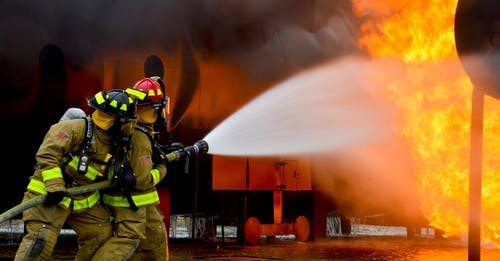10 Tips for Successful Flood Cleanup and Damage Restoration

The aftermath of a flood can be overwhelming for homeowners as they face the daunting task of flood cleanup and damage restoration. However, dealing with water damage and restoring your property becomes much more manageable with the right approach. In this article, we’ll provide you with ten essential tips for successful flood cleanup and damage restoration, ensuring you can tackle the challenges with confidence.
Tips to Handle Flood Cleanup Effectively
Effective flood cleanup and damage restoration are crucial not only for maintaining your home’s structural integrity but also for its occupants’ health and safety. Failure to address water damage properly can lead to mold growth and long-term property damage. With these ten tips, you’ll be well-equipped to handle flood cleanup and damage restoration efficiently and effectively.
1. Prioritize Safety
Before starting any flood cleanup, ensure the safety of all persons involved by turning off the power supply, wearing appropriate protective gear, and using caution when navigating water-damaged areas.
2. Act Fast
The quicker you start the cleanup process, the better the chance of effectively mitigating water damage. Aim to start drying out your property and removing any standing water as soon as it is safe.
3. Assess the Damage
Take the time to carefully assess the extent of the water damage, including walls, floors, ceilings, and personal belongings. Document the damage using photographs or videos to streamline the insurance claims process.
4. Utilize Proper Tools and Techniques
Having the right tools makes the cleanup process more efficient. Use industrial fans, dehumidifiers, and wet/dry vacuums to remove excess water, and consider renting specialized equipment for more severe cases.
5. Remove and Salvage Personal Belongings
Move personal belongings out of affected areas and determine which items are salvageable. Dry, clean, and disinfect the items that can be saved, and discard any beyond repair.
6. Ensure Professional Inspections
Structural damage, electrical hazards, and mold are all possible results of a flood. Hire professionals, such as those offering basement flood cleanup in Rochester, NY, for thorough inspections to determine the full extent of necessary repairs.
7. Prevent Mold Growth
Mold can pose serious health risks and further damage your property. Do everything you can to inhibit mold growth by acting quickly, drying out the space, addressing any pooled water, and applying fungicides as necessary.
8. Seek Professional Flood Cleanup Services
For more extensive damage, consider hiring a professional flood cleanup service. To find more info on reliable companies in your area, consult online reviews and ask for recommendations from friends and neighbors who have faced similar situations.
9. Work with Property Restoration Professionals
Rebuilding damaged sections of your property may require professional assistance, especially for critical structural repairs. Connect with property restoration experts to ensure the job is done correctly and safely.
10. Review Your Insurance Policy
Understand your insurance coverage and work closely with your agent to help you navigate the claims process more efficiently, ensuring you receive the appropriate compensation for flood-related damages.
Conclusion
Dealing with the aftermath of a flood can be overwhelming, but by following these ten tips, you’ll be better equipped to tackle flood cleanup and damage restoration head-on. Prioritize safety, act quickly, utilize proper tools, collaborate with professional services, and communicate closely with your insurance provider. With the right approach and support, you’ll be on your way to restoring your home to its pre-flood condition in no time.







